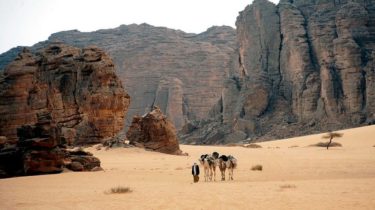Django View Authorization: Restricting Access
Django provides tools for both authentication and authorization. Django view authorization is typically done with decorators. This course will show you how to use these view decorators to enforce authorized viewing of pages in your Django site. By the end of this course you’ll know how to: Use HttpRequest and HttpRequest.user objects Authenticate and authorize users Differentiate between regular, staff, and admin users Secure a view with the @login_required decorator Restrict a view to different roles with the @user_passes_test decorator […]
Read more


